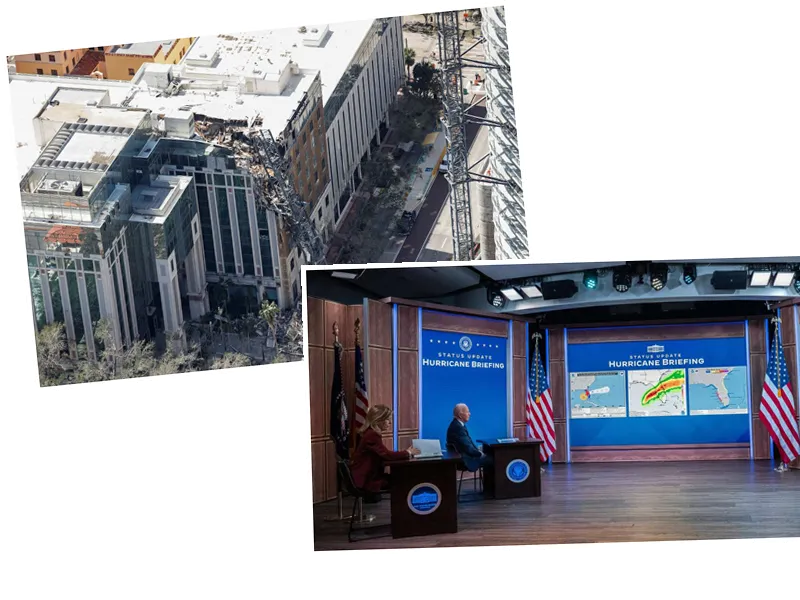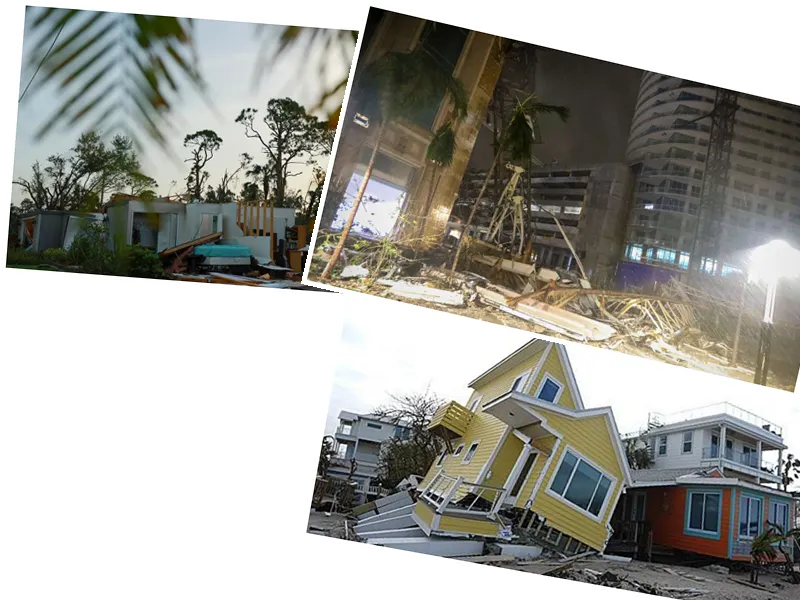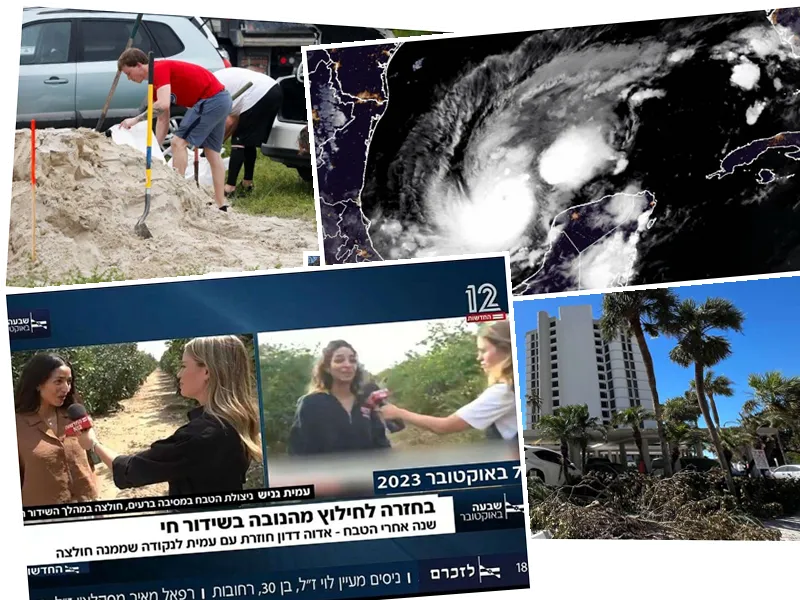Hurricane Milton: A Catalyst for Conspiracy Theories
Hurricane Milton made landfall on the west coast of Florida on October 9, 2024, packing winds of up to 160 km/h. This hurricane marked the second significant storm to impact the state within just two weeks, highlighting an unprecedented pattern of extreme weather events in the United States. As residents sought reliable weather updates, a wave of conspiracy theories emerged on social media, suggesting that these hurricanes were the result of deliberate weather manipulation aimed at targeting specific political groups, particularly Republican voters.
In contrast to these theories, scientists attribute the increasing frequency and intensity of hurricanes to climate change. The rise in ocean surface temperatures, a direct consequence of climate change, has been linked to the formation of stronger hurricanes. Historically, the average number of Category 4 and 5 hurricanes has escalated from 10 per year in the 1970s to 18 in the 1990s, indicating a troubling trend that correlates with global warming.
The Impact of Climate Conspiracy Theories
The proliferation of climate-related conspiracy theories poses significant risks to public trust in science and environmental policies. As more individuals subscribe to these theories, they become less likely to accept the scientific consensus on human-induced climate change, which in turn diminishes their interest in environmental issues and reduces support for necessary climate action.
The consequences of these beliefs are far-reaching, as they can lead to societal fragmentation and undermine collective responses to natural disasters. For instance, during Hurricane Milton, some individuals disregarded evacuation orders due to mistrust in authorities, echoing similar behaviors observed during the COVID-19 pandemic when conspiracy theories led to neglect of safety protocols.
Research indicates that conspiracy theories often provide a false sense of control during times of uncertainty. An experiment demonstrated that individuals living in high-risk scenarios were more inclined to believe in theories regarding weather manipulation, suggesting that fear and danger can drive people toward alternative explanations that promise clarity amidst chaos.





